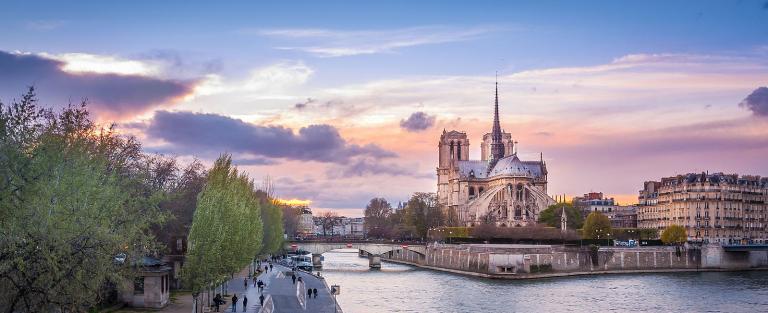
(Wikimedia Commons public domain image)
Like scores of millions of people around the world, including many well beyond the borders of France, I’m shocked, sickened, and saddened by the fire that has severely damaged the Cathédrale Notre-Dame de Paris. It is said that more tourists visit Notre Dame than visit the Eiffel Tower.
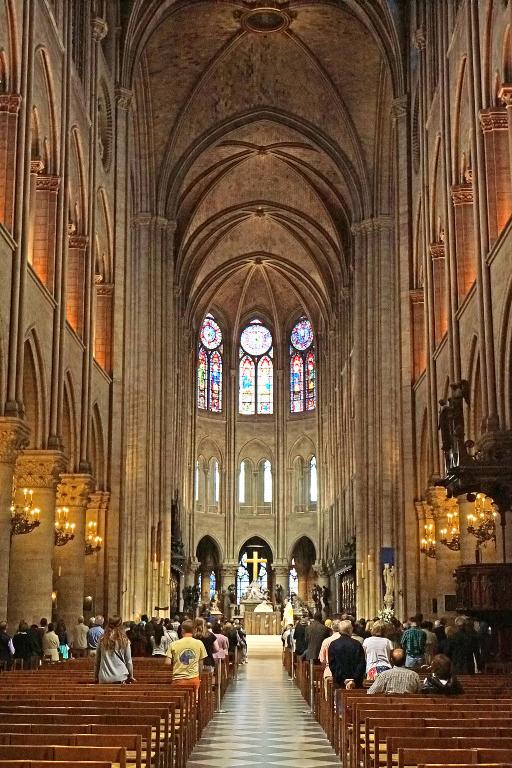
(Wikimedia Commons public domain image)
Dating, essentially, to the century between AD 1160 and AD 1260, the Cathedral is not only one of the finest specimens of French Gothic architectural style and an iconic symbol of both France in general and Paris in particular but a monument to the medieval Age of Faith.
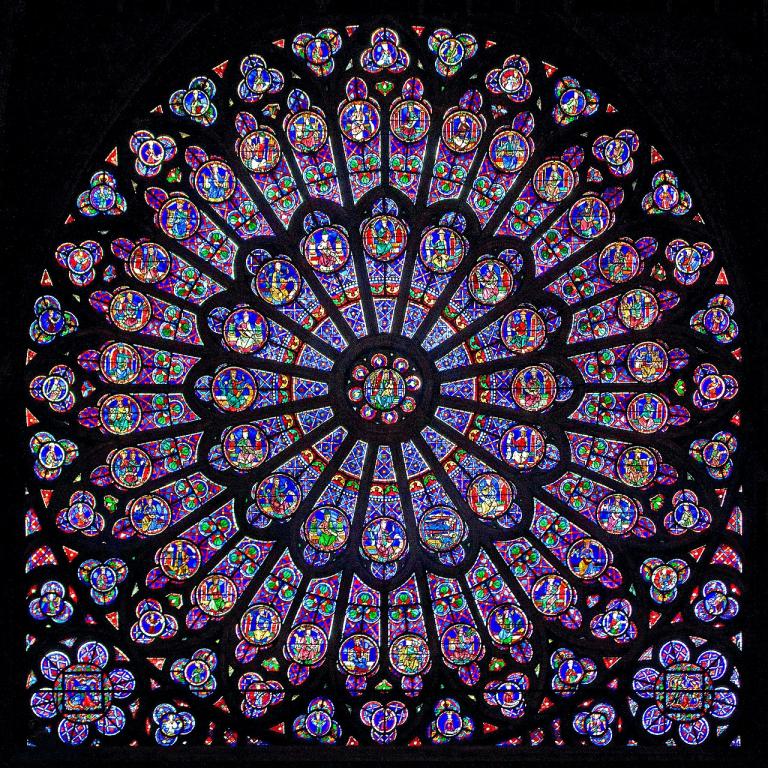
Stained glass is very fragile. Moreover, it is still in a sense liquid. Will it have been destroyed? Has it melted?
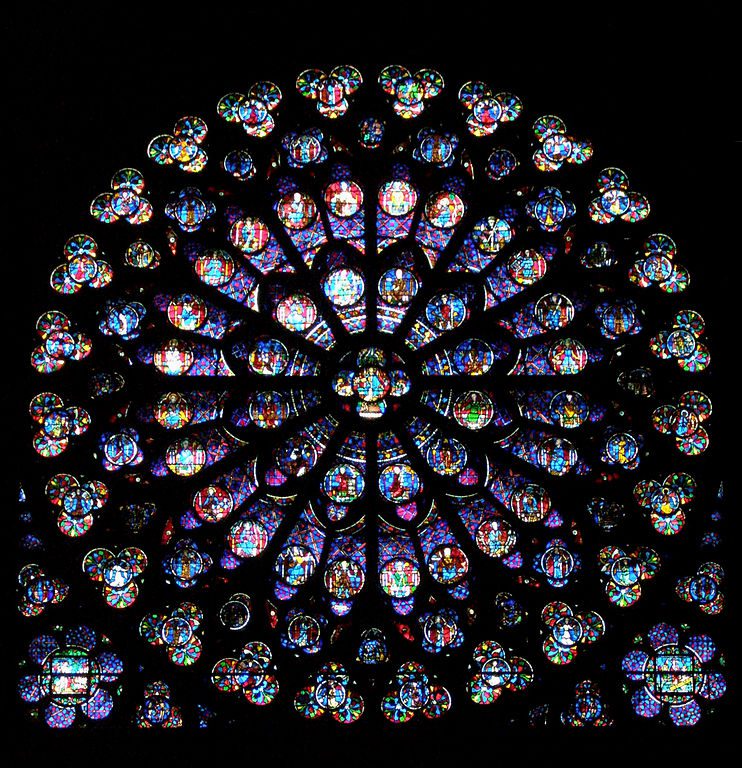
(Wikimedia Commons public domain image)
I saw the Cathedral most recently in early January. I didn’t expect that, in a sense, it would be my last opportunity. The damage that has now been done to the building and the works of art contained within it is tragic. Even preliminary reports suggest that the losses are incalculable and, to a significant degree, irretrievable.
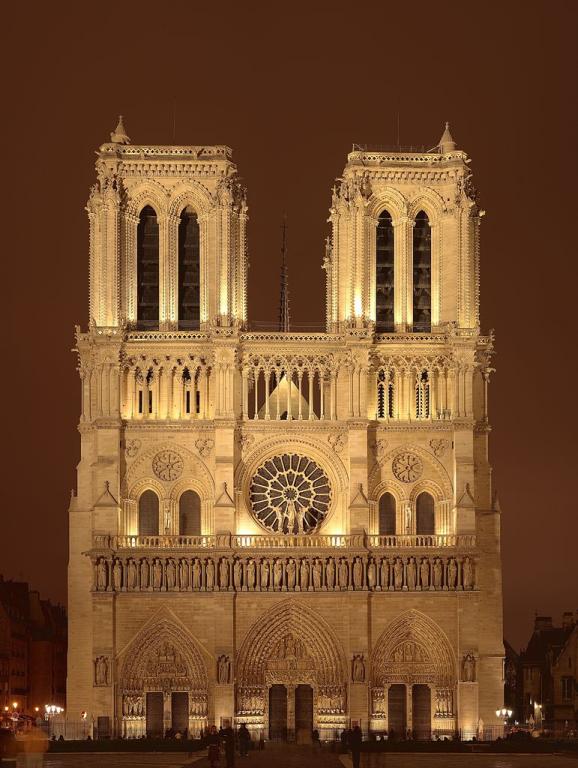
(Wikimedia Commons public domain image)
Here is a brief background article about one of the world’s most famous and most significant buildings:
“Notre Dame Cathedral: A place of worship, history, art”
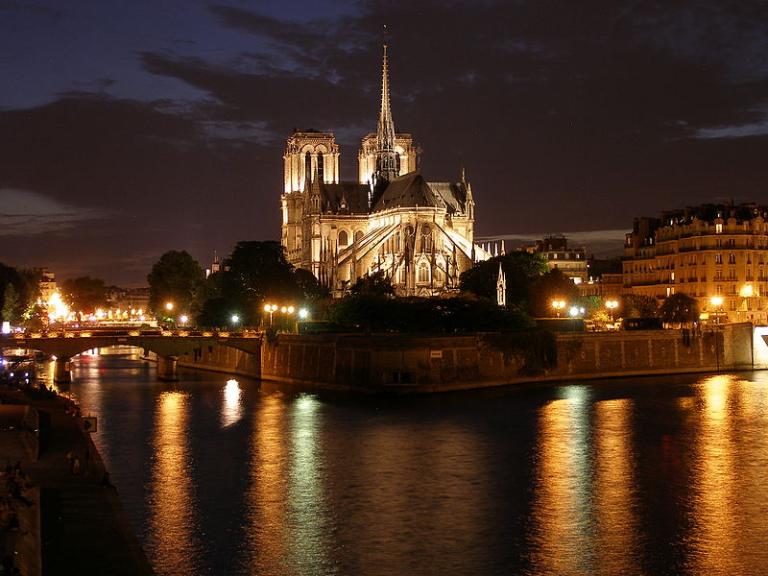
There are many great churches in Paris and many great cathedrals in France, but this one has a special place in the French consciousness, in the European tradition, in music, in literature, even in politics.
It’s possible, however, that there is a slight ray of light even in this dark event. To see Parisians kneeling on the streets around Notre Dame, singing “Ave Maria” and other hymns, is a remarkable and unaccustomed thing. The fire in Notre Dame should remind us of the mortality of all things human, even the greatest.
Posted from San Diego, California












